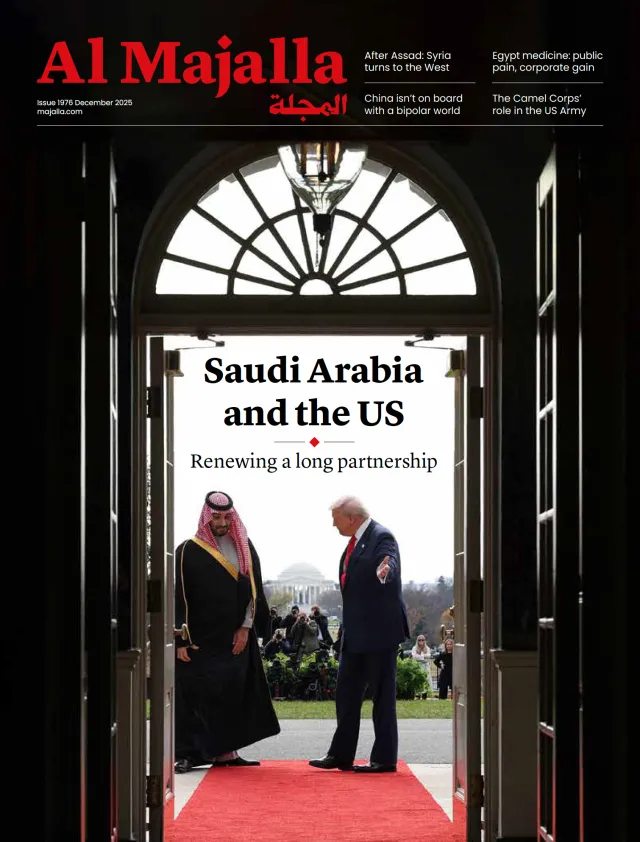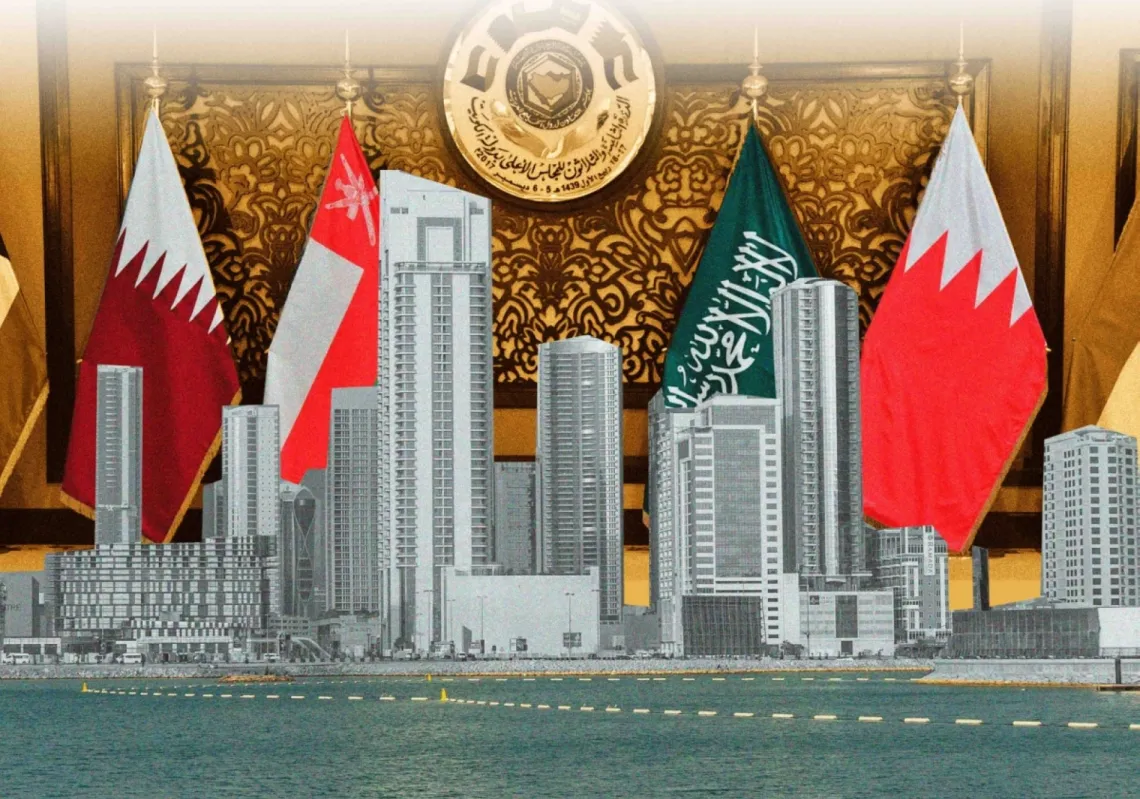Global financial markets are being rocked by the shockwaves from the White House’s trade war, leaving global investors holding onto hope for respite from elsewhere in Washington: the Federal Reserve.
Throughout three days of turmoil on Wall Street, traders have been looking to Central Bank Chair Jerome Powell and the rate-setting Federal Open Market Committee for help. There has been speculation that there could be an emergency rate cut or that the existing programme of reductions to the base cost of borrowing will be sped up.
It came after President Donald Trump’s move into protectionism, which was more drastic than expected. He announced tariffs on imports from almost every country, varying from 10% to over 50%, after the close of regular trading last Wednesday, 2 April.
When stock markets opened on Thursday, they plunged into a dizzying freefall. Oil hit a four-year low, with the Brent Crude contract under $63 a barrel, as fears of a global recession and a wave of US inflation gripped traders across the world.
New York’s broad equity market benchmark, the S&P 500, plummeted by over 10% in just two dramatic days. The Nasdaq Composite, home to shares in some of the biggest names in the fast-growing technology sector, fell by over 11%. And the Dow Jones Industrial Average, a narrower but well-known gauge of the stock prices of 30 major companies, was down over 8%. It was the worst two days of trade since March 2020, when fears over the global COVID-19 pandemic gripped global markets.
By Monday, trade was highly volatile. As the market whipsawed, it bounced up off intraday lows. The S&P 500 ended lower overall for the session, down 0.2%, leaving it on the brink of bear market territory, defined as a drop of 20% or more from a recent peak. The Dow was down 0.9%. The Nasdaq edged up 0.1%. The combined declines have wiped trillions of dollars off the valuations of US companies.

Read more: Markets greet Trump’s tariffs with a blizzard of red numbers
Markets worldwide have felt the effects. On Sunday, key stock indices in the Middle East also suffered major drops. In Saudi Arabia, the Tadawul All-Share Index fell over 6%. It bounced up by 1.1% on Monday. Emerging market currencies have also been hit. The Egyptian pound was among them, weaker by 2% on Monday.
No guarantee
Any action from the Fed is far from guaranteed, not least because of the extent and unpredictability of the trade war. Trump has warned there may be more ahead. He has vowed to impose higher tariffs on countries that retaliate with reciprocal measures on their US imports.
He threatened China with an additional 50% tariff starting Wednesday, 9 April, if it did not withdraw its own response to Washington’s action last week. Beijing announced a 34% tax on US goods.
The tit-for-tat nature of tariff battles between the US and other nations remains highly uncertain, creating a complicated outlook for the Federal Reserve to read as it considers what to do. And the sheer scale and speed of the declines for stocks probably means that more will be needed for a full recovery than faster interest rate cuts.
The Fed’s primary mandate is to control inflation. It has a 2% target for a level seen as providing stable prices. But the consumer price index has been stubbornly above it, with the latest reading at 2.8%. And the measure preferred by the monetary policy makers who set interest rates, which excludes food and energy prices, is at 3.1%.
Readings like that make it harder for the Fed to cut interest rates quicker. And so speculation in the market of emergency rate cuts—let alone ones of bigger margins than the usual quarter-point, or 25 basis points, which it tends to favour—seem far-fetched to many analysts. Nonetheless, any such monetary easing is likely to have an immediate market impact.












